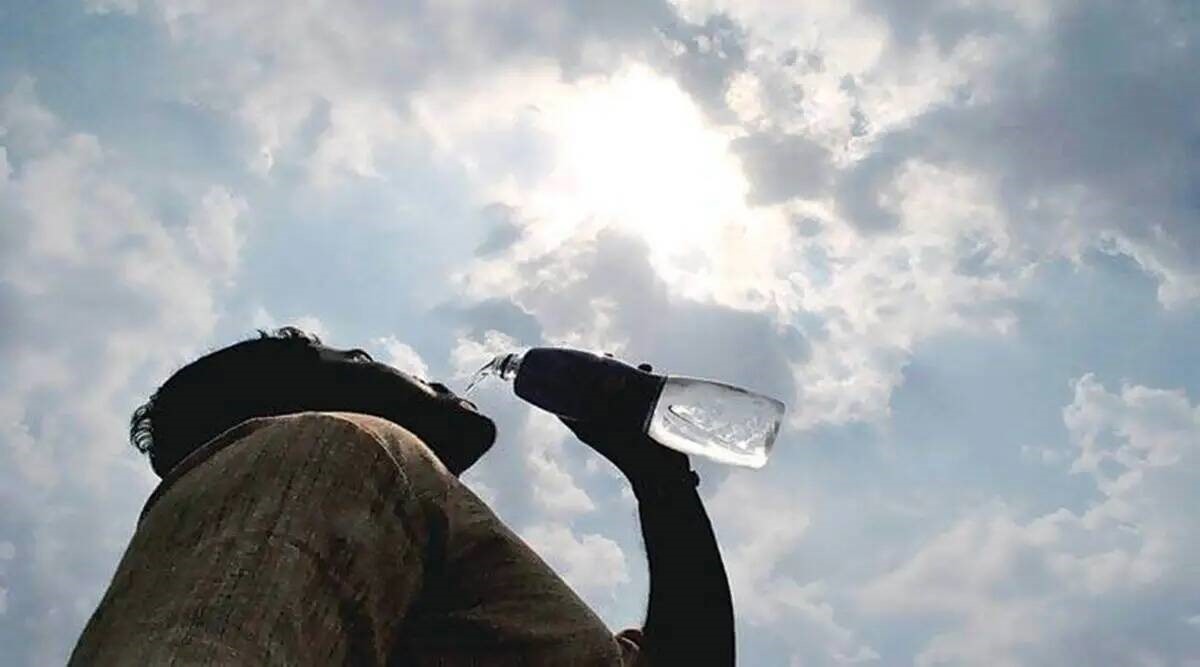




Disclaimer: Copyright infringement not intended.
India Meteorological Department has forecasted an above normal number of heatwave days for the upcoming summer season.
This shows a concerning trend of increasing heat intensity as well as frequency across the country.
Despite the existence of Heat Action Plans aimed at mitigating these effects their implementation has often fallen short.
The IMD predicts that during the period from April to June 2025 most parts of India will experience above normal maximum temperatures.
Notably eastern states such as Odisha, West Bengal, Bihar and Jharkhand are expected to endure six heatwave days while Delhi and parts of northwest India may face two to three such days during the same period.
Eastern India can experience 10 to 12 heatwave days over these three months.
|
Impact Area |
Explanation |
|
Agricultural Productivity |
High temperatures can lead to reduced crop yields affecting farmers incomes and at the same time contributing to food price inflation. |
|
Labor Productivity |
Research indicates that a 1°C rise in temperature above 27°C can reduce manual labor productivity by 2% to 3%. |
|
Health Risks |
Extreme heat is associated with increased mortality rates, heightened cases of heatstroke and exacerbation of cardiovascular and respiratory conditions particularly among vulnerable groups such as the elderly and children. |
|
Energy Demand |
Elevated temperatures lead to higher electricity consumption due to increased use of cooling appliances straining power grids and increasing reliance on fossil fuels. |
To combat the adverse effects of heatwaves several Indian states as well as cities have developed Heat Action Plans. These plans include measures like establishment of cooling centers, issuing heat alerts as well as adjusting working hours to prevent heat related illnesses.
|
Issue |
Explanation |
|
Lack of Financial and Legal Backing |
Many Heat Action Plans are unimplementable due to insufficient funding and absence of legal mandates. |
|
Inadequate Long Term Planning |
Authorities often focus on immediate responses rather than developing strategies for long-term heat resilience such as urban planning that incorporates green spaces to mitigate the urban heat island effect. |
|
Poor Targeting of Vulnerable Groups |
Studies have shown that HAPs often fail to adequately address the needs of the most vulnerable populations including outdoor workers and low income communities. |
|
Recommendation |
Explanation |
|
Strengthening Governance and Coordination |
Establish clear roles and responsibilities among local administrations and ensure that an empowered organization leads heat mitigation efforts. |
|
Securing Financial Resources |
Allocate dedicated funding for the implementation of HAPs ensuring that financial constraints do not impede necessary actions. |
|
Integrating Long Term Strategies |
Incorporate urban planning initiatives that enhance natural cooling such as increasing green cover and promoting reflective building materials. |
|
Enhancing Public Awareness |
Implement public education campaigns to inform citizens about heat risks and protective measures including the naming of heatwaves to increase public recognition and response. |
Sources:
|
PRACTICE QUESTION Q. Urbanization has exacerbated the heatwave crisis in India through the Urban Heat Island effect. Analyze the impact of urban expansion on local temperature rise and suggest sustainable urban planning measures to mitigate this effect. (250 words) |











© 2025 iasgyan. All right reserved